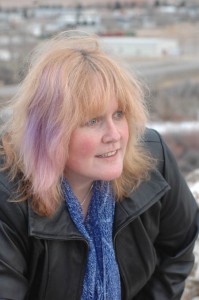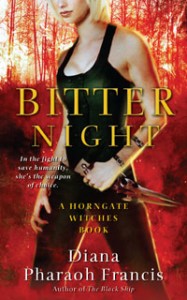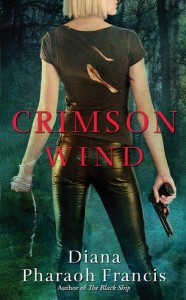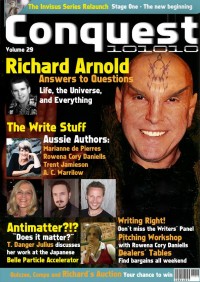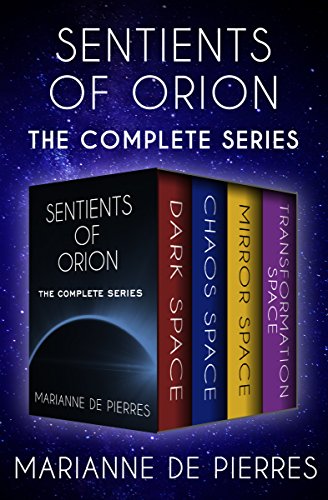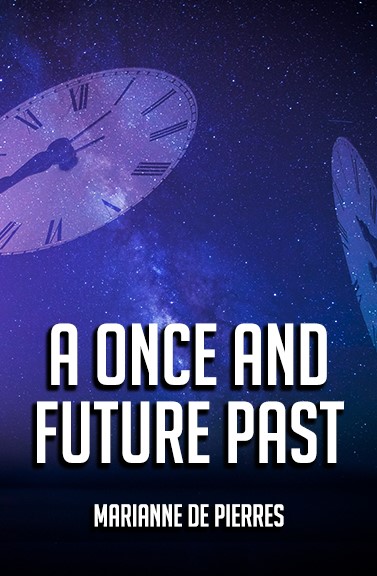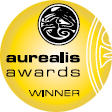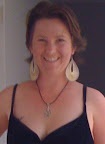
Bron Mitchell
Bron Rauk-Mitchell, a contributing author to Teapot Tales And SuperHERo Tales, is an Aussie mum of 4 and 1 furbaby. Bron has a BA, majoring in English and History, and has plans to further her studies in the near future. Bron tries to pack as much into life as possible, which is reflected by her many projects and interests, including but not limited to cos-playing, acting, craft and reading. More about Bron’s adventures can be found at:http://essentialbronmitchell.blogspot.com.au
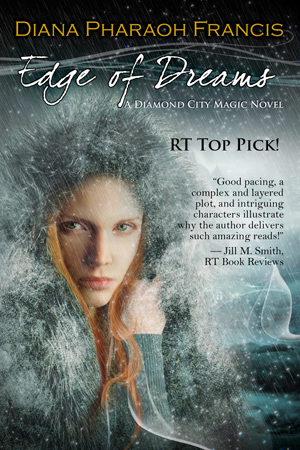 Edge of Dreams is the 2nd book in the Diamond City Magic series.When I read the blurb, it sounded exactly like my kind of book, but I was hesitant to start it as I had not read the first book in the series, and I was concerned that that would be difficult to pick up the story threads. However, Edge of Dreams did stand up pretty well on its own. So while I am eager to go back and read more about Riley and Co, I didn’t feel as if I was at too much of a disadvantage by having not read Trace of Magic.
Edge of Dreams is the 2nd book in the Diamond City Magic series.When I read the blurb, it sounded exactly like my kind of book, but I was hesitant to start it as I had not read the first book in the series, and I was concerned that that would be difficult to pick up the story threads. However, Edge of Dreams did stand up pretty well on its own. So while I am eager to go back and read more about Riley and Co, I didn’t feel as if I was at too much of a disadvantage by having not read Trace of Magic.
Edge of Dreams takes place not long after Trace of Magic ends. Riley is a tracer with a unique ability, which is made very public. As a result, she is in demand–not only by those that genuinely are in need of her abilities–but, of course, by those that wish to exploit them. This is where things become complicated, as it is not always clear to Riley (and the readers), which of these camps she is dealing with.
The main antagonist is ruthless and psychotic, and is clearly “The Villian”, but other characters in the story are not as recognisable as being “Good” or “Bad”, and that is one of the elements of this book that I enjoyed the most. This is what gives depth to a character. It is rare in life to find people that are all “good” or all “bad”; and, as a result, the reader will be in for an occasional twist or turn.
Magic, drugs, betrayal, love, family and friendship: this book has it all. The pace of the writing was fast, the setting believable, the characters interesting and flawed, and the magic unusual. I found it hard to put the book down, and at no point throughout the book was I bored.
Almost from the first second, I knew that Riley was going to be so much fun, and a handful, and she was. Talented, tough, independent (too much so at times), full of snark and with many issues, she is a character that I can relate to a lot. Riley tries to protect herself, to the extent that not even those she loves can get close to her; but she is such a loving, giving person that she acts without thought at times (well often), and lands herself into trouble. While she is constantly in hot water, she doesn’t strike me as someone who needs saving by others. There is a lot going on with Riley, and while she is aware of some of the issues that have shaped her, she isn’t aware of the blocks that have been placed inside, and so she tries to work around these internal traps to the best of her ability, and appears to be much more flighty and incapable than she really is. Through the course of the book she does save herself with a little help from others and some luck .
Riley has unwanted bodyguards following her around. Who has hired them is a big mystery. Shey also has a loyal team of friends and family, as well as an “ex” love, Clay, and his brother, a mafia-type. They add colour, contrast, and tension to the book. The system of Magic that Diana Pharaoh Francis has created is very intriguing. Francis takes elements of other systems and works to give them her own unique spin. Tracer, Reader (reading emotions NOT thoughts), Metal Tinker (now that is a cool talent to posses), Healer are just some of the talents that characters possess. Not everybody in Diamond City has magic talent, though, and the very popular drug, Sparkle Dust, enables users to experience magical abilities, or to try out other abilities, but with very little control.
Riley is hired by a member of the Diamond City police force to help trace her nephew and his friends. Very early on into the rescue mission, she finds herself in hot water, and from there on in she is constantly hopping in and out of messy situations and at times fighting for her life. Along the way she uncovers family secrets, learns more about her abilities, tries to overcome her own fears of intimacy and trust, and find love.
I would highly recommend this book to lovers of urban fantasy. It is suitable for older readers and is an easy, fast read, but there are also topics that would make it more suitable for an older reader. I will definitely be tracking down Trace of Magic, and waiting impatiently for the third book in the series.
Edge of Dreams by Diana Pharoah Francis
Bell Bridge Books (April 15, 2015)
ISBN-10: 1611945852
ISBN-13: 978-1611945850



















